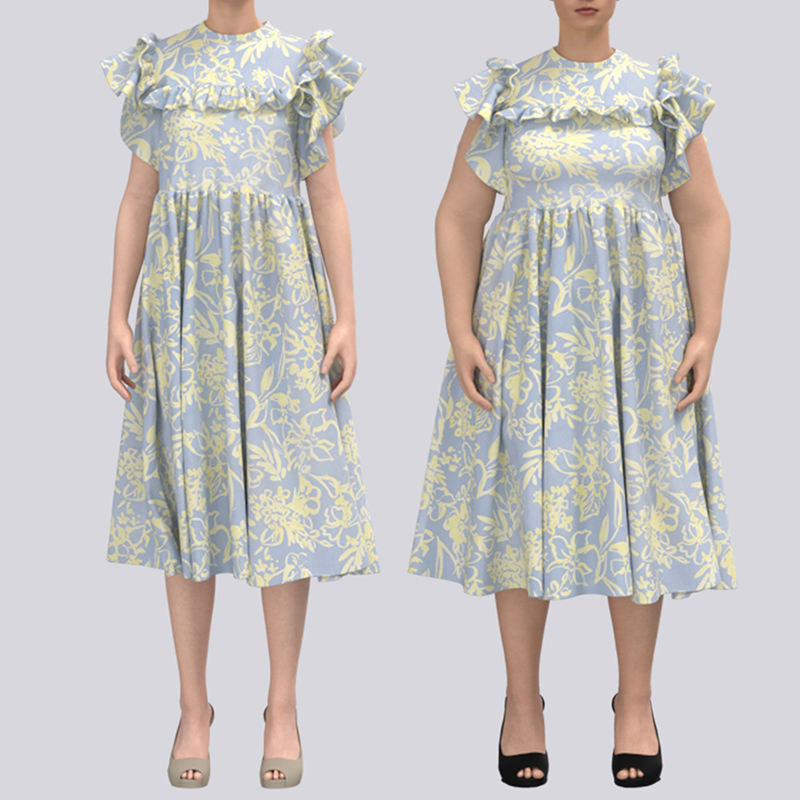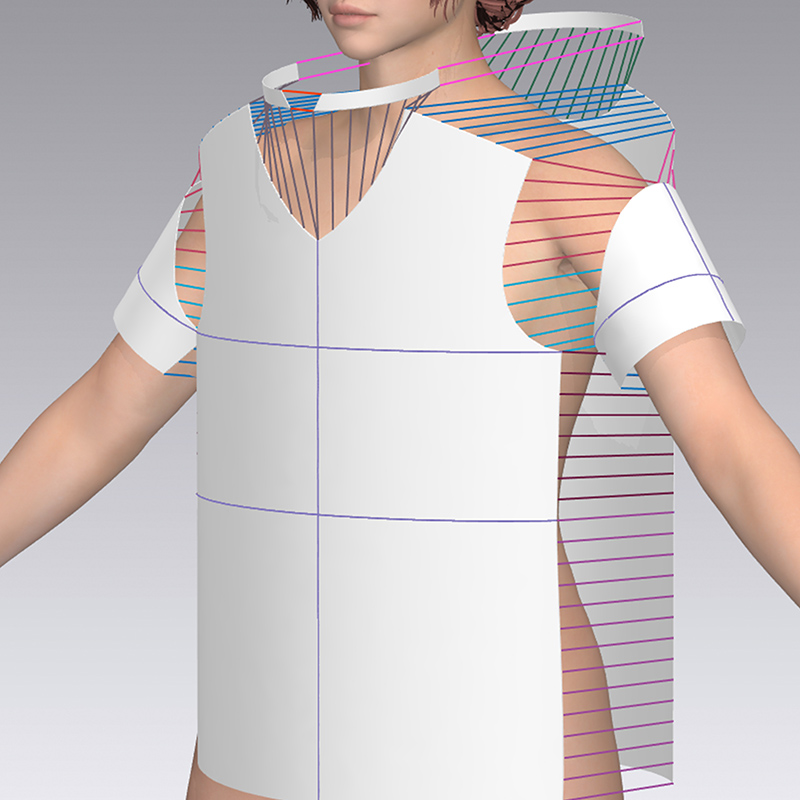Fashion has always been revered and celebrated for its creativity. But behind the surface glitz and glamour, the fashion industry is inextricably tied to much deeper issues that we don’t see, like the destruction of our environment and the use of slave labour.
While the global fashion industry has gone past a tipping point, I believe it can look to creativity to solve its biggest problems. At its root, creativity is all about generating new ideas, recognising alternatives and imagining possibilities. Indeed, what we need now from the industry is conscious creativity, where innovation and quality designs are combined with principled action to safeguard our planet and its people.
At its heart, the sustainable fashion movement aims to challenge and rethink the way clothes are produced and consumed today. The exploitative and unethical practices that the industry has been built on have led to a culture of overproduction and overconsumption, driven purely by profit at the expense of land resources and labour.
Taking action locally
Many local clothing companies—though to be celebrated for their success—are built on the classic model of churning out lower quality, copycat products in mass quantities at cheap prices. Surely this represents the laziest, most uninspired way to make fashion today?
Rather than celebrating clothes as cherished objects of creativity and craftsmanship, the fast-fashion model perpetuates us seeing our clothes as throwaway objects without value, while pitting brands in constant competition in a race to the bottom. Therein lies the biggest opportunity, in my view, for independent brands to take action. As it stands, many local designers struggle to make it in Singapore’s small market, competing not just on design but on price with established blogshop and fast fashion labels.
“Fashion isn’t just a reflection of a designer’s ingenuity or skill, it’s indicative of their values as well as their sense of justice and morality.”
By shifting their focus to addressing some of fashion’s most pressing issues—like waste reduction—they can stand out not just through unique design, but their sustainability practices too. It’s from this effort that local brands can find a new way to thrive, future proof themselves and command attention both locally and internationally all year round—and not just through tokenistic National Day collections.
How conscious creativity can manifest
Incorporating sustainability into a brand isn’t just about number-crunching the cost of more expensive fabrics, labour or marketing efforts. It involves a complete and unwavering commitment within a company to produce under a different set of parameters; to want to change the way it has always operated.
Locally, one such company is Esse. Instead of larger, more frequent collections, the womenswear label focuses on putting out smaller, more considered capsules of two to three garments at a time in eco-friendly fabrics. Early on, the brand moved to a pre-order model after not being able to meet the huge minimums demanded by factories.

Besides giving the Esse team the opportunity to better create and forecast demand, it’s also allowed them to consciously reduce waste by not over-ordering material and avoid ending up with excess inventory. While the pre-order model has its fair share of challenges—from customers having to wait longer for orders, to having to source and work with suppliers much further in advance—it helps a small brand manage its environmental impact while creating better financial stability.
As it stands, the cutting stage of a garment—used to ‘mock up’ products to achieve the right fit and silhouette—creates the largest amount of pre-consumer fabric waste. For some brands, it can take five to 20 samples before a garment is finalised, squandering time, money and fabric.

To maximise efficiency, local label Lily & Lou has digitally sampled its collections from the get-go. Not only has this helped the label manage its waste and carbon footprint (flying samples between countries does rack up air miles!), it has also been able to reduce human error and create greater consistency when it comes to the design and fit of its garments.
For some local designers, creating more consciously (and competitively) can simply look like producing quality over quantity, while designing collections that are unashamedly, inextricably tied to who they are. Slow fashion label, Maisha Concept, keeps its community captivated by sharing the journey, creative inspiration and skill required to create its collections.


Inspired by the rich history, cultures and textures of India and Kenya—two countries that form the backbone of the designers’ heritage—Maisha Concept’s social media channels reveal its production process, from handwoven, organic fabrics drying in the sun, to the artisan’s mesmerising block printing using natural, chemical-free dyes.
Fashioning the future
Given the backdrop of our Garden City, with its grand technological advancements and increased investment in sustainable development, it couldn’t be a more fitting time for local designers to blossom by upholding green practices. Far from thinking of sustainability as a restriction on design freedom, an increasing number of brands on home soil are proving that it presents a whole new world of opportunity and efficiency.

At its core, fashion design—any kind of design, really—has always been about problem-solving. If the industry’s biggest priority is to reduce and mitigate its planetary impact, then it’s the responsibility of all brands, regardless of size, to play their part. This means fixing past mistakes and consciously creating a better future, whether that’s reducing waste, harnessing new technologies or quite simply, producing less but better.
While the growing awareness of sustainability in Singapore’s fashion scene is heartening, it also serves as a sincere reminder that we need better, more value-driven people at the helm.
Fashion isn’t just a reflection of a designer’s ingenuity or skill, it’s indicative of their values as well as their sense of justice and morality. To create meaningful change, brands, designers and their investors (if any) need to give a proverbial damn about changing the status quo—and have enough motivation, gumption and bravery to redress the way things have always been done.

Susannah Jaffer is the founder of Zerrin, a media platform and marketplace based in Singapore that champions sustainable fashion, beauty and business. A former magazine editor, she is also a creative consultant and photographer for fashion and retail brands. Her passion lies in championing ethical brands while making it easier for everyday women to understand dressing sustainably.
For more stories like this, subscribe to the print edition of Vogue Singapore.





